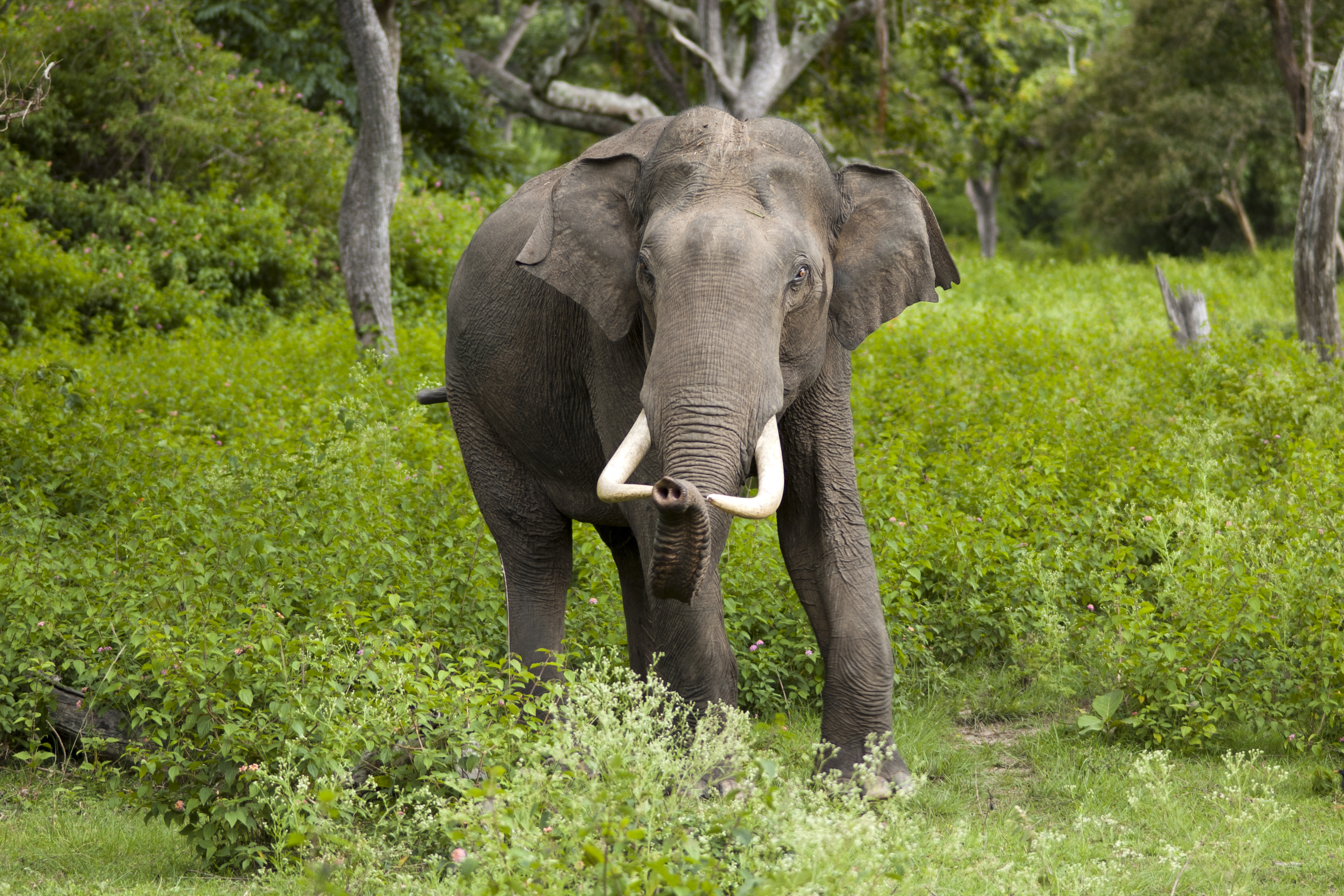 Environmental & Science Eduction
Environmental & Science EductionSTEM
Biodiversity
Biological Evolution
Behavior
Edward Hessler
A paper published in the Proceedings of the National Academies of Science caught the attention of the editors of the British science journal Nature.
A research team led by Joshua Plotnik (Hunter College) "presented Asian elephants (Elephas maximus) with two buckets, each holding a different quantity of sunflower seeds that were hidden from sight. After using their trunks to give each a good sniff, the animals tended to pick the bucket with more seeds." This talent may be unique among animals.
In Inverse, senior author Joshua Plotnick describes how this study began. “As part of a conservation education program my colleagues and I created for middle school students, we designed a study looking at whether elephants could follow human pointing cues to find food in buckets,” he says. “They couldn’t, which surprised not only me but also the elephant handlers (mahouts) in Thailand.” The mahouts, who had seen elephants retrieve tourists’ dropped sandals many times before, had always assumed the animals were responding to people pointing out the objects.
“This led me to a big turning point in my research focus,” says Plotnik. “What if the elephants weren’t following the pointing cue, but were instead using their ears and nose to guide their behavior (i.e., their ears helped them localize the directionality of the mahout’s voice while their noses led them to the smell of smelly feet).”
The short summary published in Nature may be found here. And here is a film from the journal Science showing the elephants using their noses to judge quantities. It is a very clever experiment, one that appears to avoid the researchers providing cues to the elephants (see Clever Hans).

 CGEE Student Voice
CGEE Student Voice
No comments:
Post a Comment